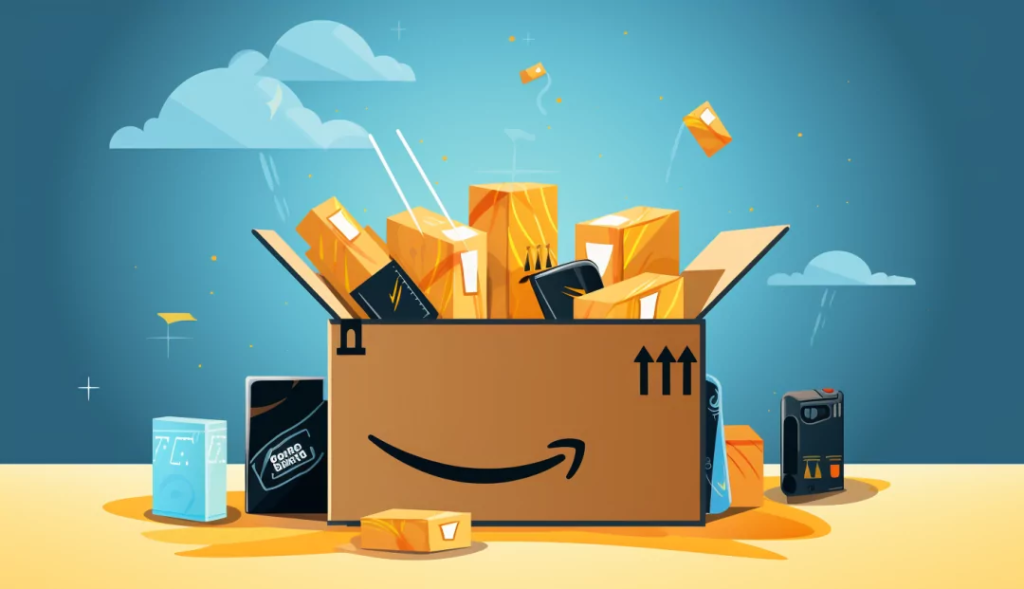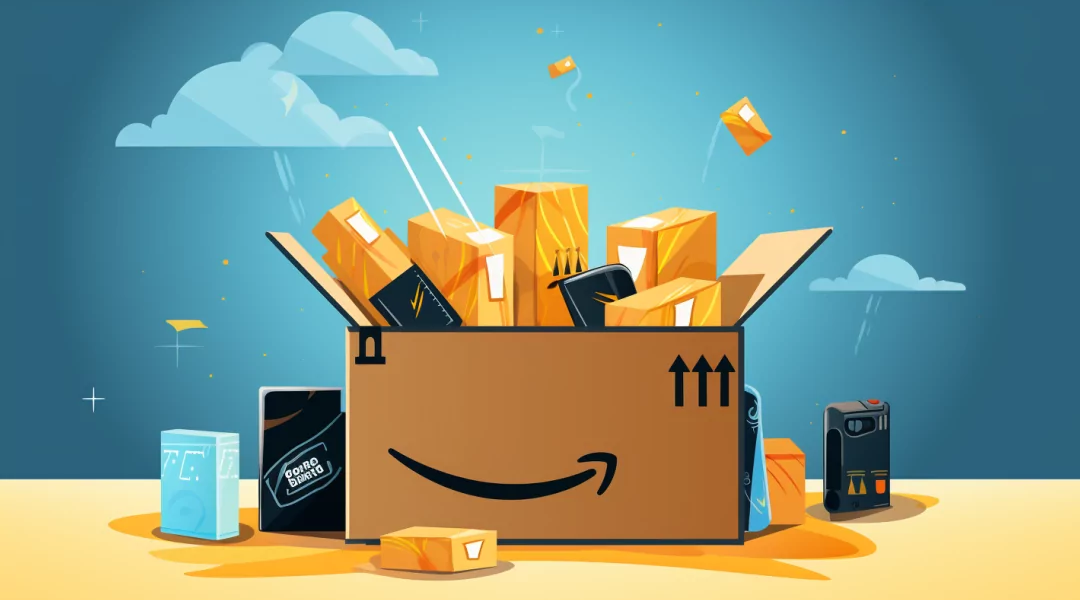
Yes, it is possible to make money with Amazon flipping, which refers to the practice of buying products at a lower price (often from clearance sales, thrift stores, garage sales, or wholesale suppliers) and reselling them on Amazon for a profit. This business model can be lucrative, but it requires research, strategy, and an understanding of Amazon’s marketplace. Here’s a detailed exploration of how Amazon flipping works, its advantages, challenges, and tips for success.
1. What is Amazon Flipping?
Amazon flipping involves purchasing items at a lower cost and reselling them at a higher price on Amazon. This can include various types of products, such as:
- Retail Arbitrage: Buying discounted products from retail stores (e.g., Walmart, Target) and selling them on Amazon.
- Online Arbitrage: Purchasing items from online retailers at a discount and reselling them on Amazon.
- Wholesale: Buying products in bulk directly from manufacturers or wholesalers and selling them on Amazon.
- Used or Refurbished Items: Sourcing used or refurbished items from thrift stores or auctions and flipping them for a profit.
2. How to Make Money with Amazon Flipping
To make money with Amazon flipping, follow these steps:
1. Research Products
Identify products that have a high resale value on Amazon. Use tools like:
- Amazon Seller App: Scan barcodes to check prices and sales rank.
- Jungle Scout or Helium 10: These tools provide insights into product demand, competition, and profitability.
2. Source Products
Find reliable sources for purchasing products at lower prices:
- Retail Stores: Check clearance sections, discount retailers, and seasonal sales.
- Online Retailers: Look for deals, sales, and discounts on websites.
- Wholesale Suppliers: Build relationships with suppliers to access bulk purchases at lower prices.
3. Evaluate Profitability
Calculate the potential profit for each product by considering:
- Cost of Goods Sold (COGS): The price you paid for the product, including taxes and shipping.
- Amazon Fees: Consider selling fees, referral fees, and FBA (Fulfillment by Amazon) fees if applicable.
- Selling Price: Research similar products on Amazon to determine a competitive selling price.
4. List Your Products
Create appealing listings on Amazon, including:
- High-Quality Images: Use clear, well-lit photos of the product.
- Detailed Descriptions: Include relevant keywords and details about the product.
- Competitive Pricing: Set a price that attracts buyers while ensuring profitability.
5. Fulfillment Options
Decide how you will fulfill orders:
- Fulfillment by Amazon (FBA): Amazon handles storage, packaging, and shipping, but this incurs additional fees.
- Fulfillment by Merchant (FBM): You handle storage and shipping, giving you more control over costs.
3. Advantages of Amazon Flipping
There are several benefits to Amazon flipping:
- Low Startup Costs: You can start with a small investment by sourcing discounted products.
- Flexibility: You can choose your hours and work from anywhere.
- Potential for High Returns: With the right products and strategy, you can achieve significant profit margins.
- Diverse Product Range: You can flip a wide variety of products across different categories.
4. Challenges and Risks of Amazon Flipping
While Amazon flipping can be profitable, there are also challenges and risks to consider:
- Competition: The Amazon marketplace is competitive, and many sellers may be offering similar products.
- Market Fluctuations: Demand for certain products can change quickly, affecting resale value.
- Fees: Amazon charges various fees that can cut into your profits, especially with FBA.
- Inventory Management: Managing inventory levels and ensuring you have products in stock can be challenging.
- Account Health: Maintaining a healthy seller account is crucial. Poor performance can lead to account suspension.

5. Key Considerations for Successful Amazon Flipping
To maximize your chances of success in Amazon flipping, consider the following strategies:
1. Develop a Niche
Focus on a specific product category or niche where you have knowledge and experience. This can help you identify profitable opportunities more easily.
2. Stay Informed
Keep up-to-date with market trends, product demand, and Amazon policies. This knowledge can help you make informed decisions about sourcing and selling.
3. Utilize Tools and Resources
Take advantage of various tools and resources available for Amazon sellers. These can help you analyze products, track sales, and manage your business effectively.
4. Build Relationships with Suppliers
If you’re sourcing from wholesale suppliers, cultivate strong relationships to secure better pricing and reliable product availability.
5. Monitor Performance Metrics
Regularly track your sales performance, inventory levels, and profit margins. Use this data to refine your strategies and improve your business.
6. Getting Started with Amazon Flipping
If you’re interested in Amazon flipping, follow these steps to get started:
- Create an Amazon Seller Account: Sign up for an individual or professional seller account, depending on your expected sales volume.
- Research Products: Use tools and resources to identify profitable products to flip. Focus on items with high demand and low competition.
- Source Inventory: Begin sourcing products from retail stores, online retailers, or wholesalers. Start small to minimize risk.
- List Your Products: Create attractive listings for your products on Amazon, optimizing for search visibility.
- Monitor and Adjust: Keep an eye on your sales and performance metrics, making adjustments to your strategy as needed.
Yes, it is possible to make money with Amazon flipping by purchasing products at lower prices and reselling them for a profit. While this business model offers opportunities for income, it also requires research, strategic planning, and an understanding of the Amazon marketplace. By leveraging effective sourcing methods, maintaining competitive listings, and managing inventory, you can build a successful Amazon flipping business over time.




